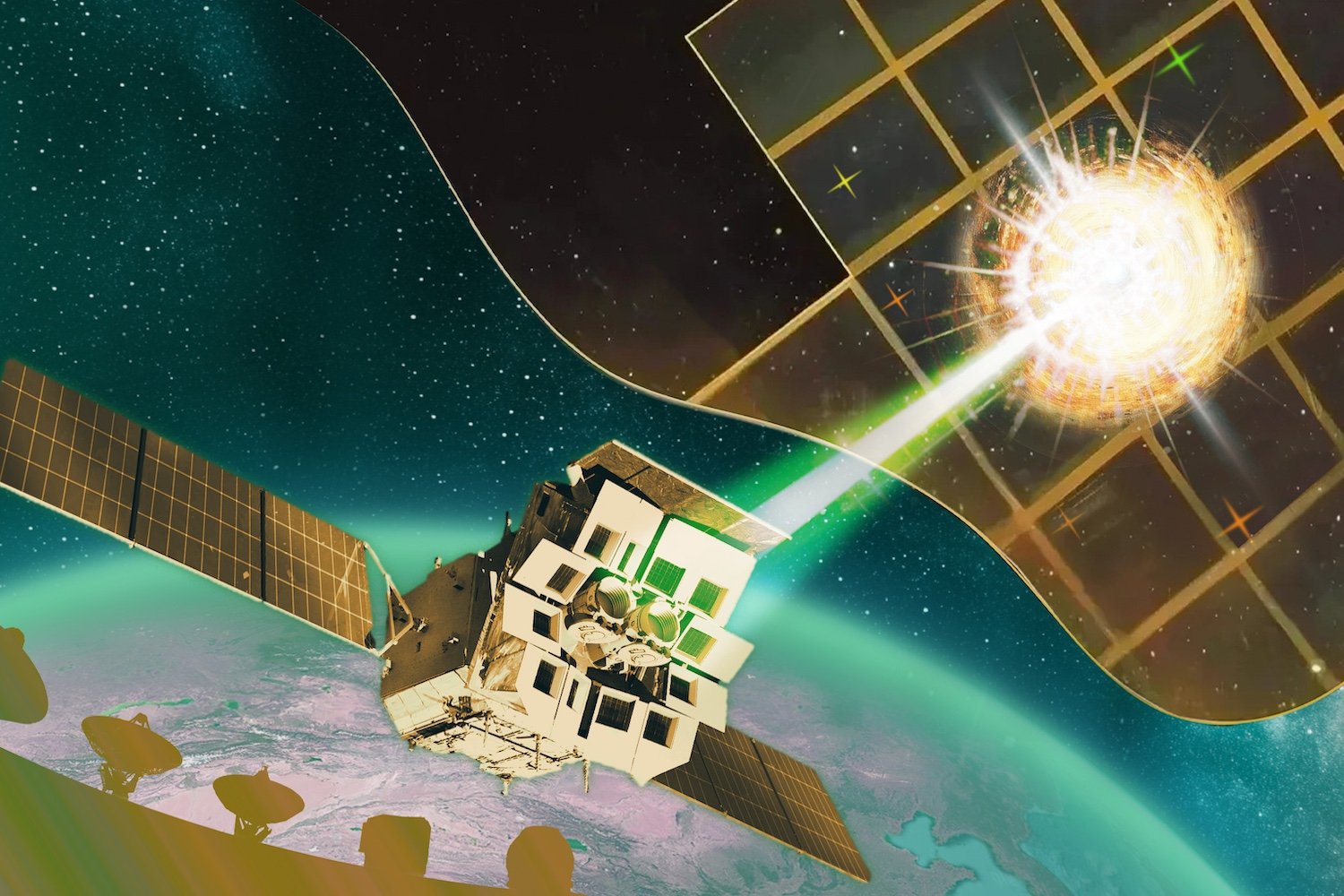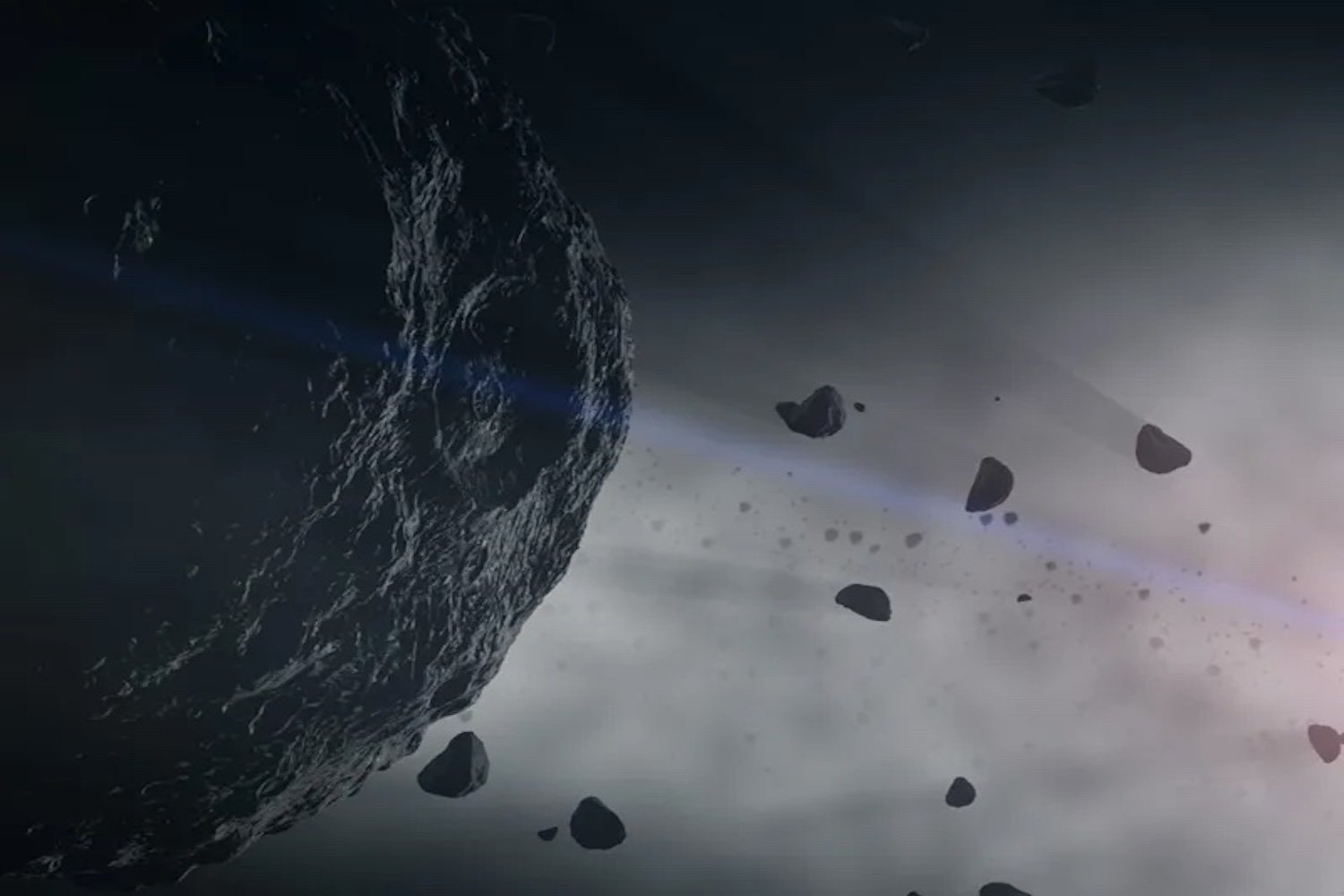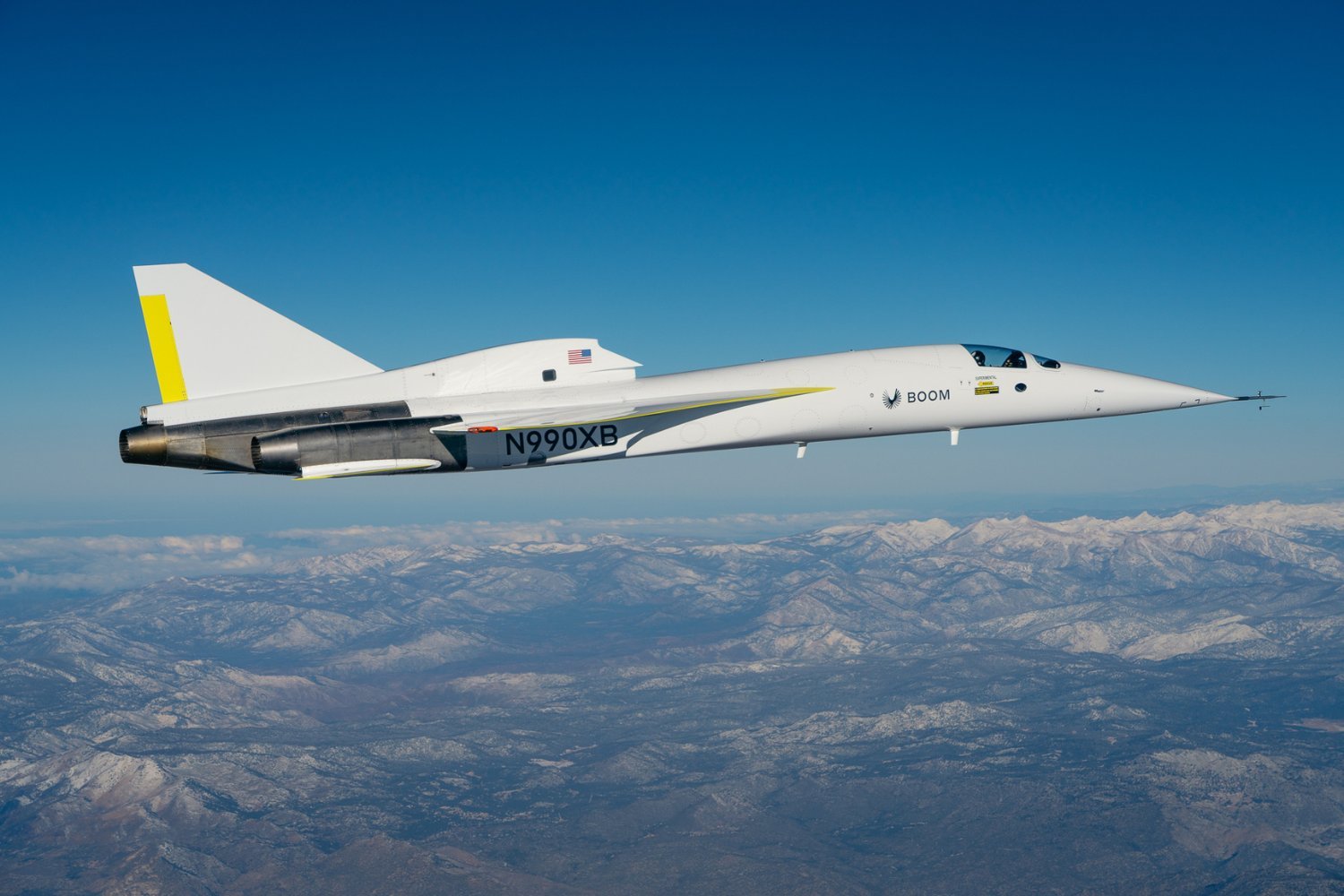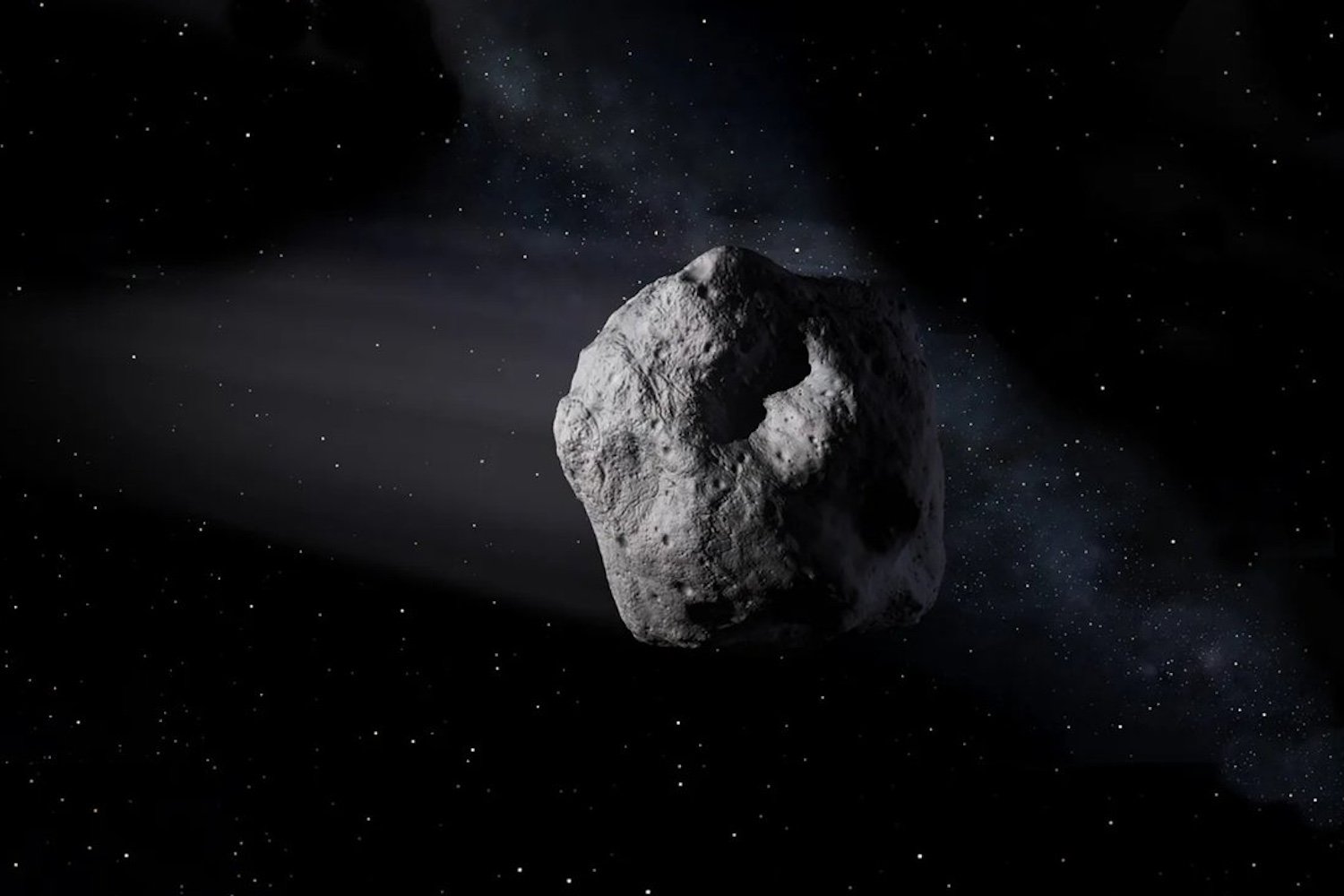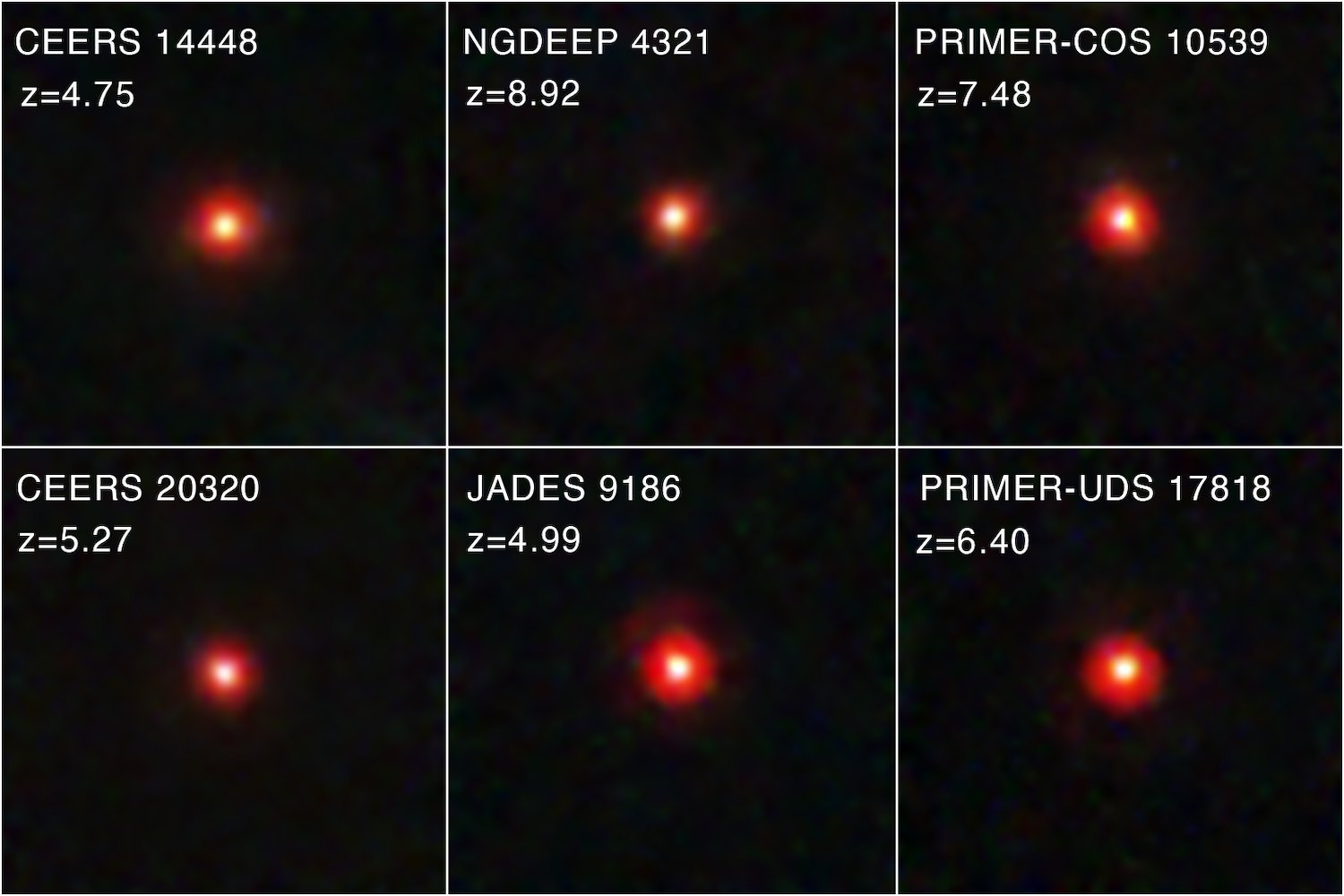The newly launched Einstein Probe has detected a puzzling cosmic explosion from the early universe, challenging existing theories about gamma-ray bursts (GRBs). This discovery, published in Nature, highlights the potential of the probe to unravel mysteries surrounding the universe’s formative years.
The event, designated EP240315a, began with the detection of low-energy X-rays by the Einstein Probe on March 15, 2024. These “soft” X-rays fluctuated in brightness for over 17 minutes before disappearing. Approximately an hour later, ground-based telescopes observed visible light from the same source, pinpointing its origin to a time when the universe was only about one billion years old, or roughly 10% of its current age.
This observation marks the first time such long-duration soft X-rays have been detected from an ancient explosion. Follow-up observations using the Gemini-North telescope in Hawaii and the Very Large Telescope in Chile confirmed the burst originated approximately 12.5 billion light-years away.
Unraveling the Mystery of EP240315a
The detected X-rays were linked to GRB 240315C, a gamma-ray burst identified by NASA’s Neil Gehrels Swift Observatory’s Burst Alert Telescope (BAT) and the Konus instrument on NASA’s Wind spacecraft. GRBs are the universe’s most powerful explosions, typically caused by collapsing massive stars or merging neutron stars, and are known to emit X-rays.
However, EP240315a presents an anomaly. While X-rays usually precede gamma rays by mere seconds, in this case, EP240315a was observed more than six minutes (372 seconds) before GRB 240315C. This unprecedented delay, coupled with the unusually long duration of the soft X-rays, raises questions about our current understanding of GRB mechanics.
The Einstein Probe, a collaboration between the Chinese Academy of Sciences, the European Space Agency (ESA), and the Max Planck Institute for Extraterrestrial Physics, launched on January 9, 2024. Its Wide-field X-ray Telescope, capable of observing nearly one-tenth of the celestial sphere in a single shot, is proving invaluable in detecting these distant events.
Implications for Understanding the Early Universe
Three months of radio wavelength monitoring confirmed the energy output of EP240315a was consistent with a GRB from the early universe. This discovery demonstrates that a significant portion of fast X-ray transients (FXRTs), like EP240315a, might be associated with GRBs. It also highlights the power of combining X-ray and radio observations to study these ancient explosions, even without detecting their gamma rays.
The unique characteristics of EP240315a – the extended duration of soft X-rays and the significant delay before the associated gamma-ray burst – suggest that GRBs may not explode as previously theorized. Further research into these events is crucial for refining our understanding of these powerful cosmic phenomena and the conditions of the early universe.
A Promising Future for Cosmic Discovery
The Einstein Probe’s early success in identifying intriguing new phenomena promises a wealth of future discoveries. Its ability to detect faint X-ray signals from the distant universe opens a new window into the early universe, providing valuable insights into the formation of stars, galaxies, and the very fabric of spacetime.



